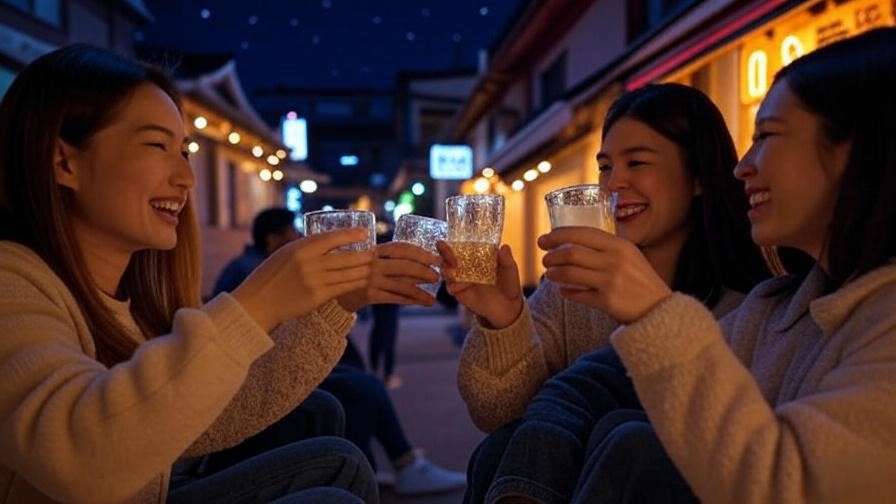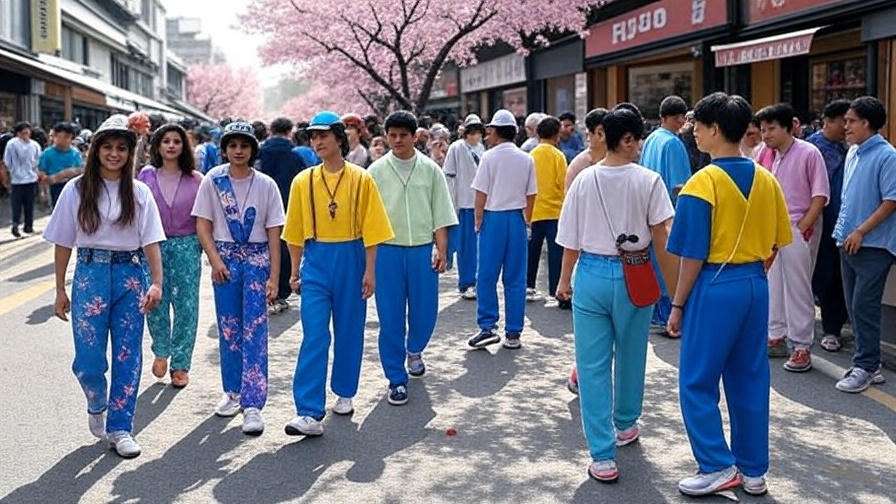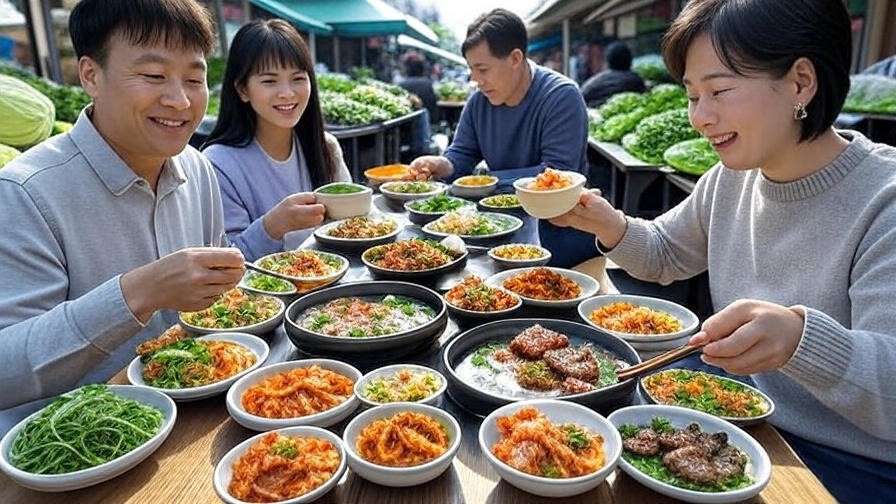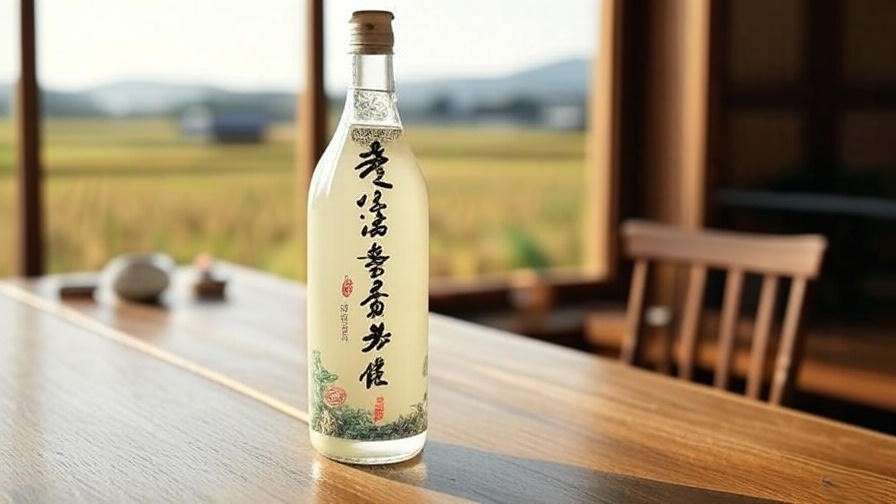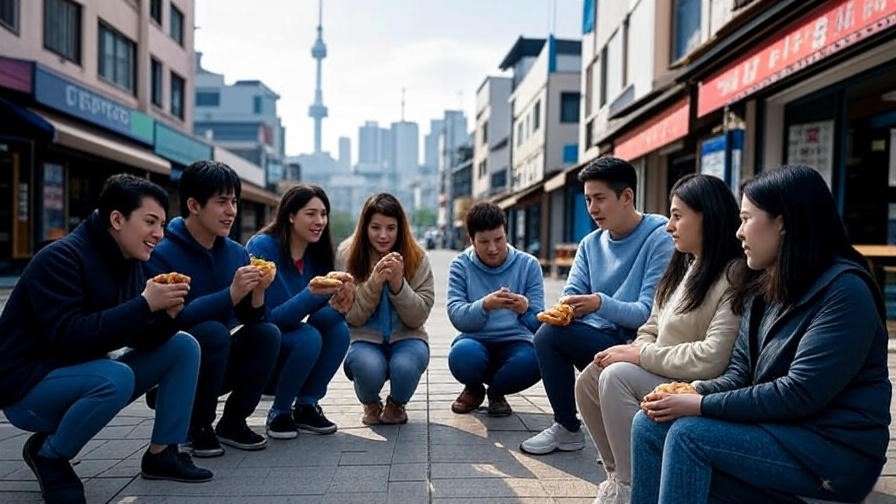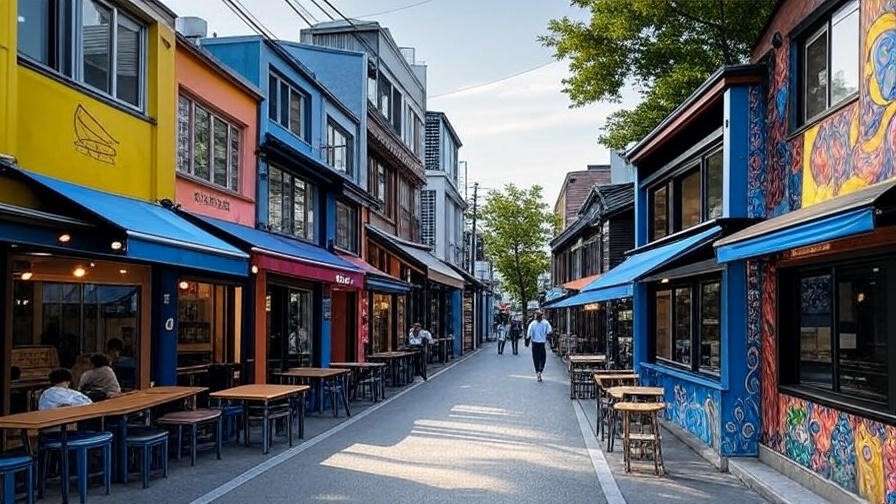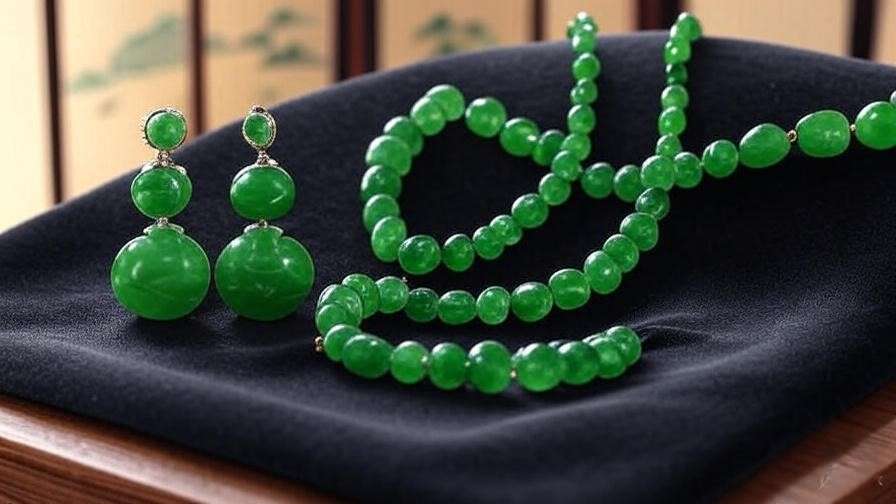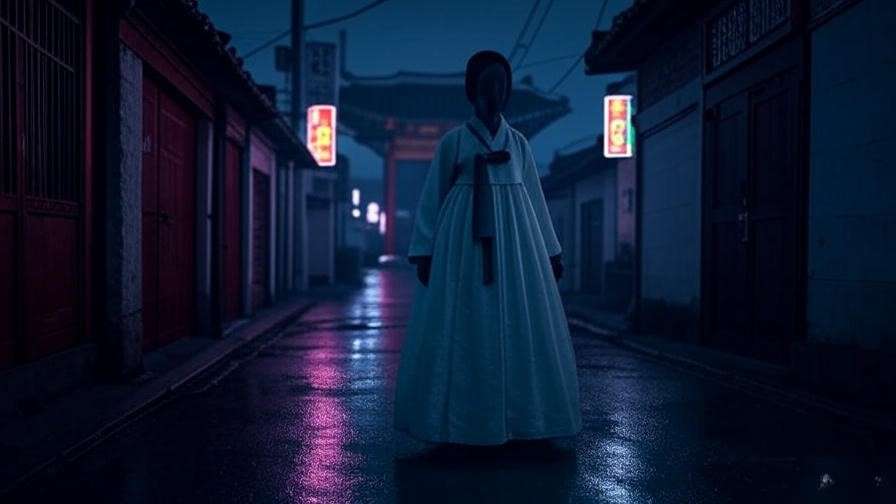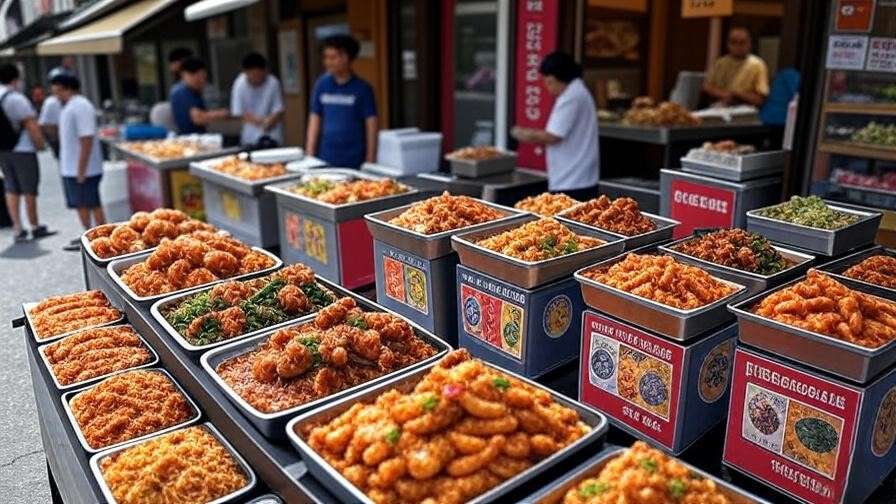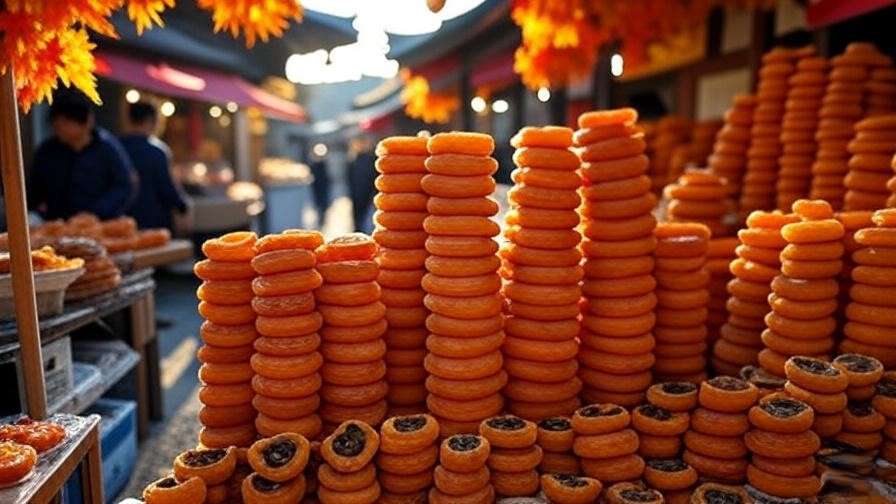Picture this: a cozy Seoul street, neon lights flickering, and a group of friends gathered around a table in a bustling pojangmacha, clinking glasses of soju as laughter fills the air. This iconic Korean spirit, featured in countless K-dramas, is more than just a drink—it’s a cultural cornerstone. But what exactly is the alcohol content of soju, and why does it matter? Whether you’re a K-drama fan, a curious traveler, or a foodie exploring Korean cuisine, understanding soju’s alcohol content is key to enjoying it responsibly and appreciating its role in Korean culture. In this comprehensive guide, we’ll dive into soju’s alcohol strength, its cultural significance, practical tips for consumption, and how it compares to other spirits. By the end, you’ll be equipped to savor soju like a local—without the guesswork.
What Is Soju? A Brief Introduction to Korea’s Beloved Spirit
Origins and Cultural Significance
Soju, Korea’s national drink, has a history stretching back to the 13th century, when Mongol invasions introduced distillation techniques to the Korean Peninsula. Traditionally crafted from rice, barley, or wheat, soju was once a potent spirit reserved for special occasions. Today, it’s a staple in Korean social life, from casual gatherings to festive celebrations. “Soju is the heartbeat of Korean conviviality,” says Dr. Min-jung Kim, a cultural historian at Seoul National University. “It’s not just a drink; it’s a symbol of connection and shared moments.” Whether poured during a toast or paired with spicy kimchi jjigae, soju embodies Korea’s communal spirit.
How Soju Is Made
 Soju’s production has evolved significantly. Traditional soju, often called Andong soju, is distilled from fermented grains, resulting in a robust flavor and higher alcohol content. Modern soju, however, is typically diluted with water and sweeteners to create a smoother, lighter drink. Common base ingredients include rice, barley, or sweet potatoes, which influence both flavor and strength. The distillation process, followed by dilution, allows manufacturers to control the alcohol by volume (ABV), making soju versatile for various palates. This flexibility is why soju’s alcohol content can vary widely, as we’ll explore next.
Soju’s production has evolved significantly. Traditional soju, often called Andong soju, is distilled from fermented grains, resulting in a robust flavor and higher alcohol content. Modern soju, however, is typically diluted with water and sweeteners to create a smoother, lighter drink. Common base ingredients include rice, barley, or sweet potatoes, which influence both flavor and strength. The distillation process, followed by dilution, allows manufacturers to control the alcohol by volume (ABV), making soju versatile for various palates. This flexibility is why soju’s alcohol content can vary widely, as we’ll explore next.
The Alcohol Content of Soju: What You Need to Know
Standard Alcohol Content Ranges
Soju’s alcohol content typically ranges from 16.8% to 45% ABV, depending on the brand and type. Modern soju, like the popular Jinro Chamisul, often sits at 16.8%–20%, making it lighter than many Western spirits. Traditional or premium varieties, such as Hwayo 41, can reach up to 45% ABV, offering a bolder kick. This range allows soju to cater to diverse preferences, from casual sippers to seasoned drinkers. Always check the bottle’s label for the exact ABV, as it’s not universally standardized.
| Brand | ABV | Flavor Profile | Common Use |
| Jinro Chamisul | 16.8%–20.3% | Crisp, clean | Social drinking, cocktails |
| Chum-Churum | 16.5%–20% | Smooth, slightly sweet | Pairing with meals |
| Hwayo | 25%–53% | Rich, robust | Sipping, premium occasions |
| Good Day (Fruit) | 13%–16.9% | Sweet, fruity | Casual sipping, mixing |
Why Alcohol Content Varies
The variation in soju’s alcohol content stems from production methods and market demands. Traditional soju, crafted in small batches, retains a higher ABV for authenticity. Modern brands, however, dilute their products to appeal to younger audiences and international markets, where lighter drinks are preferred. Export versions often have lower ABV (e.g., 19%) to comply with regulations or suit local tastes. Regional preferences also play a role—stronger soju is popular in rural areas, while urban drinkers favor milder options. This adaptability makes soju a global favorite, with over 3 billion bottles sold annually, according to the Korea Spirits Association.
Popular Soju Brands and Their ABV
Jinro, the world’s best-selling spirit brand, offers soju at 16.8% (Chamisul Fresh) and 20.3% (Chamisul Classic). Chum-Churum, known for its smooth finish, ranges from 16.5% to 20%. For a premium experience, Hwayo’s 25%–53% ABV options deliver a complex, artisanal taste. Fruit-flavored soju, like Good Day’s grapefruit or peach variants, typically clocks in at 13%–16.9%, appealing to those seeking a sweeter, less intense drink. “The ABV shapes the experience,” notes mixologist Ji-hoon Park. “Lower ABV soju is perfect for cocktails, while higher ABV is for savoring slowly.”
Tip: Always check the ABV on the label before drinking, especially when trying a new brand, as the strength can surprise you.
How Soju’s Alcohol Content Compares to Other Spirits
Soju vs. Vodka, Sake, and Shochu
 Soju’s alcohol content makes it unique among spirits. Here’s how it stacks up:
Soju’s alcohol content makes it unique among spirits. Here’s how it stacks up:
- Soju (16.8%–45% ABV): Versatile, smoother than most spirits, and often diluted for accessibility.
- Vodka (40% ABV): Stronger and more neutral, vodka packs a bigger punch per sip.
- Sake (15%–20% ABV): A fermented rice wine, sake is closer to soju in strength but differs in flavor and production.
- Shochu (25%–35% ABV): Japan’s distilled spirit, often confused with soju, is typically stronger and less diluted.
This comparison highlights soju’s approachable nature. A standard 50ml shot of 20% ABV soju equals about 0.8 standard drinks, compared to 1.2 for a 40% vodka shot. This makes soju easier to enjoy in moderation.
Why Soju Feels Different
Despite its moderate ABV, soju can feel deceptively light due to its smooth texture and clean finish. “Soju’s distillation process removes harsh impurities, making it go down easily,” explains mixologist Park. This smoothness, combined with lower ABV in modern brands, makes soju ideal for social drinking or cocktails like the somaek (soju + beer). However, its pleasant taste can mask its potency, so pacing is key.
Visual Element: Infographic Idea – A comparison chart showing ABV and standard drink equivalents for soju, vodka, sake, and shochu, with serving size visuals.
Cultural Context: How Soju’s Alcohol Content Shapes Its Use
Drinking Customs and Etiquette
 In Korea, soju is more than a drink—it’s a social ritual. Drinking etiquette, like pouring for others with both hands or turning away when sipping in front of elders, reflects respect and camaraderie. Soju’s moderate alcohol content (especially in modern versions) makes it perfect for long evenings of conversation and anju (bar snacks). “The ABV allows for extended enjoyment without overwhelming the senses,” says cultural scholar Dr. Hye-jin Lee. Toasts with “Gunbae!” (Cheers!) are a must, fostering connection.
In Korea, soju is more than a drink—it’s a social ritual. Drinking etiquette, like pouring for others with both hands or turning away when sipping in front of elders, reflects respect and camaraderie. Soju’s moderate alcohol content (especially in modern versions) makes it perfect for long evenings of conversation and anju (bar snacks). “The ABV allows for extended enjoyment without overwhelming the senses,” says cultural scholar Dr. Hye-jin Lee. Toasts with “Gunbae!” (Cheers!) are a must, fostering connection.
Soju in Korean Dramas and Pop Culture
Fans of K-dramas like Crash Landing on You or Itaewon Class will recognize soju’s starring role. Characters bond over green bottles during emotional confessions or celebratory meals, showcasing its cultural weight. The drink’s accessibility, thanks to its balanced ABV, makes it a go-to for characters and viewers alike. Whether it’s a drinking game like “Flick the Cap” or a quiet moment of reflection, soju’s presence in media reinforces its status as Korea’s emotional lubricant.
Expert Insight: “Soju’s moderate strength makes it a narrative tool in K-dramas,” notes Dr. Lee. “It facilitates vulnerability without the intensity of harder liquors.”
Practical Tips for Enjoying Soju Responsibly
Understanding Your Limits
Soju’s alcohol content, ranging from 16.8% to 45% ABV, requires mindful consumption to avoid overindulgence. A standard 50ml shot of 20% ABV soju equates to approximately 0.8 standard drinks, based on U.S. dietary guidelines, which define a standard drink as containing 14 grams of pure alcohol. For reference, a 360ml bottle of 20% ABV soju contains about 5.7 standard drinks. To stay within safe limits, the Centers for Disease Control and Prevention (CDC) recommends no more than two standard drinks per day for men and one for women. Knowing the ABV of your soju helps you pace yourself. For example, a lighter 16.8% ABV soju like Jinro Chamisul Fresh is less potent than a 41% ABV Hwayo, so adjust your intake accordingly.
Formula for Standard Drinks:
(Number of ml × ABV × 0.789) ÷ 14 = Standard drinks
Example: For a 50ml shot of 20% ABV soju: (50 × 0.20 × 0.789) ÷ 14 ≈ 0.56 standard drinks.
Tip: Use a shot glass to measure servings accurately, and keep track of your drinks to stay within safe limits.
Pairing Soju with Food
 Soju’s alcohol content makes it an ideal companion for Korean cuisine, enhancing flavors without overpowering the palate. For lighter soju (16.8%–20% ABV), pair with delicate dishes like haemul pajeon (seafood pancake) or dubu kimchi (tofu with kimchi). Stronger soju (25%–45% ABV) complements heartier fare, such as samgyeopsal (grilled pork belly) or dakgalbi (spicy stir-fried chicken). The Korean tradition of anju—snacks like spicy chicken feet or dried squid—balances soju’s alcohol, slowing absorption and enhancing the dining experience. “Soju’s clean finish cuts through rich, spicy flavors,” says Chef Eun-ji Park, a Seoul-based restaurateur. “It’s like a palate cleanser that keeps the meal lively.”
Soju’s alcohol content makes it an ideal companion for Korean cuisine, enhancing flavors without overpowering the palate. For lighter soju (16.8%–20% ABV), pair with delicate dishes like haemul pajeon (seafood pancake) or dubu kimchi (tofu with kimchi). Stronger soju (25%–45% ABV) complements heartier fare, such as samgyeopsal (grilled pork belly) or dakgalbi (spicy stir-fried chicken). The Korean tradition of anju—snacks like spicy chicken feet or dried squid—balances soju’s alcohol, slowing absorption and enhancing the dining experience. “Soju’s clean finish cuts through rich, spicy flavors,” says Chef Eun-ji Park, a Seoul-based restaurateur. “It’s like a palate cleanser that keeps the meal lively.”
Sample Pairing Guide:
- Light Soju (13%–20%): Seafood, light soups, or fruit-based anju.
- Medium Soju (20%–25%): Grilled meats, stews like kimchi jjigae.
- Premium Soju (25%–45%): Robust dishes like bulgogi or aged kimchi.
Mixing Soju for Beginners
 Soju’s moderate ABV makes it a versatile base for cocktails, especially for those new to the spirit. Here are two beginner-friendly recipes:
Soju’s moderate ABV makes it a versatile base for cocktails, especially for those new to the spirit. Here are two beginner-friendly recipes:
- Somaek (Soju + Beer): Mix 1 part soju (20% ABV) with 2 parts light beer (e.g., Hite or Cass). Stir gently in a glass for a refreshing, fizzy drink.
- Soju Mojito: Muddle mint leaves with 1 tsp sugar, add 50ml soju (16.8% ABV), 100ml soda water, and a splash of lime juice. Serve over ice.
“Low-ABV soju is a mixologist’s dream,” says Ji-hoon Park. “It blends seamlessly without dominating other flavors.” Avoid mixing high-ABV soju with sugary drinks, as the sweetness can mask the alcohol, leading to overconsumption.
Tip: Start with fruit-flavored soju (e.g., Good Day Peach, 13.5% ABV) for cocktails, as its sweetness appeals to beginners.
Health and Safety Considerations
Effects of Soju’s Alcohol Content on the Body
Soju’s alcohol content impacts the body based on its ABV and consumption rate. A 20% ABV soju shot delivers about 7.9 grams of alcohol, which the liver metabolizes at a rate of roughly 8 grams per hour for an average adult. Drinking faster than this can lead to intoxication, dehydration, or hangovers. Higher-ABV soju (e.g., 41%) increases these risks, as a single shot contains nearly twice the alcohol of a 20% ABV shot. According to a 2023 study in the Journal of Korean Medical Science, moderate soju consumption (1–2 drinks) may not significantly impair health, but excessive intake is linked to liver strain and digestive issues.
Key Effects:
- Intoxication: Soju’s smooth taste can mask its strength, leading to quicker intoxication if not paced.
- Dehydration: Alcohol is a diuretic, so hydrate with water between drinks.
- Hangovers: Higher-ABV soju may cause stronger hangovers due to increased alcohol metabolites.
Tips for Avoiding Overindulgence
 Korean drinking culture emphasizes pacing, often through communal sipping and food pairing. Here are practical strategies:
Korean drinking culture emphasizes pacing, often through communal sipping and food pairing. Here are practical strategies:
- Alternate with Water: Drink a glass of water for every soju shot to stay hydrated.
- Eat While Drinking: Anju like kimchi or ojingeo (dried squid) slows alcohol absorption.
- Set a Limit: Decide on a maximum number of drinks (e.g., 2–3 shots of 20% ABV soju) before starting.
- Sip, Don’t Shoot: Follow Korean tradition by sipping soju slowly rather than downing shots.
Nutritionist Dr. Soo-yeon Choi advises, “Pairing soju with protein-rich anju like grilled meat or tofu helps stabilize blood alcohol levels, reducing health risks.”
How to Choose the Right Soju for You
Factors to Consider
Selecting the right soju depends on your taste, occasion, and tolerance. Consider these factors:
- ABV: Choose 16.8%–20% for casual drinking or cocktails, 25%–45% for sipping or special occasions.
- Flavor: Fruit-flavored soju (e.g., grapefruit, green apple) is sweeter and lower in ABV, ideal for beginners. Traditional soju offers a cleaner, earthier taste.
- Occasion: Light soju suits lively gatherings, while premium soju elevates intimate dinners.
Decision Tree:
- Prefer sweet drinks? → Try Good Day Fruit Soju (13%–16.9%).
- Want a classic taste? → Choose Jinro Chamisul Classic (20.3%).
- Seeking a premium experience? → Opt for Hwayo 41 (41%).
Where to Buy Authentic Soju
 Outside Korea, authentic soju is available at Asian grocery stores, liquor retailers, or online platforms like HMart or Weee!. In the U.S., Jinro and Chum-Churum are widely available, while premium brands like Hwayo may require specialty stores. Beware of counterfeit products—check for official branding and import labels. “Always buy from reputable sources to ensure quality,” advises distillery expert Min-soo Kang. Prices range from $5–$10 for a 360ml bottle of standard soju to $20–$50 for premium varieties.
Outside Korea, authentic soju is available at Asian grocery stores, liquor retailers, or online platforms like HMart or Weee!. In the U.S., Jinro and Chum-Churum are widely available, while premium brands like Hwayo may require specialty stores. Beware of counterfeit products—check for official branding and import labels. “Always buy from reputable sources to ensure quality,” advises distillery expert Min-soo Kang. Prices range from $5–$10 for a 360ml bottle of standard soju to $20–$50 for premium varieties.
Visual Element: Decision Tree Idea – A flowchart guiding readers to their ideal soju based on ABV, flavor, and occasion (e.g., “Sweet or Savory?” → “Casual or Premium?”).
FAQs About Soju’s Alcohol Content
Q1: Is soju stronger than vodka?
A: No, most soju (16.8%–20% ABV) is weaker than vodka (40% ABV). Premium soju like Hwayo 41 (41%) is comparable but still smoother.
Q2: Can you get drunk on low-ABV soju?
A: Yes, even 16.8% ABV soju can intoxicate if consumed quickly or in large amounts. A 360ml bottle equals about 5.7 standard drinks.
Q3: Why does soju’s alcohol content vary by brand?
A: Variations come from production methods (dilution vs. traditional distillation), market preferences, and export regulations.
Q4: How many shots of soju are safe to drink?
A: For moderate drinking, limit to 1–2 shots (50ml each) of 20% ABV soju per day, paired with food and water.
Q5: Is fruit-flavored soju less alcoholic?
A: Yes, fruit-flavored soju (e.g., Good Day) typically ranges from 13%–16.9% ABV, lower than traditional soju.
Soju, with its alcohol content ranging from 13% to 45% ABV, is a versatile and culturally rich spirit that defines Korean social life. From its historical roots to its starring role in K-dramas, soju’s moderate strength makes it accessible yet potent, perfect for pairing with samgyeopsal or mixing into a refreshing somaek. By understanding its ABV, comparing it to other spirits, and following responsible drinking tips, you can enjoy soju like a local. Ready to explore Korea’s iconic drink? Try a bottle with friends, pair it with your favorite anju, or share your soju stories in the comments below. Dive into Korean culture—one sip at a time.
Call to Action: Explore more Korean culture on our site, from kimchi recipes to K-drama guides, and elevate your soju experience!

